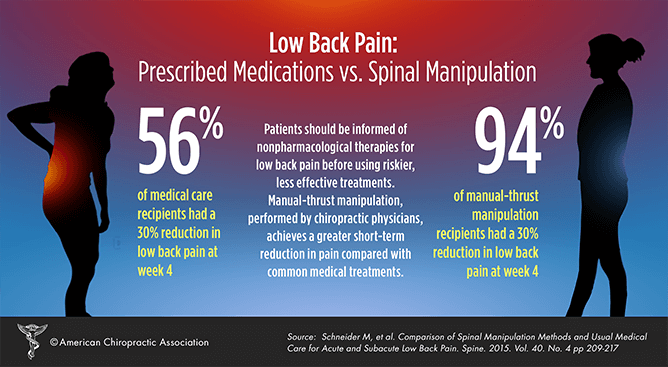The Scientific Research Behind Cold Laser Therapy: Recognizing Its Mechanisms And Impacts
The Scientific Research Behind Cold Laser Therapy: Recognizing Its Mechanisms And Impacts
Blog Article
Published By-Walls McIntosh
You may have become aware of cold laser treatment as an encouraging treatment option for different conditions, however have you ever before wondered how it in fact deals with a cellular level? Recognizing the mechanisms behind this therapy can clarify its efficiency in promoting healing and reducing inflammation. By discovering the scientific research behind cold laser treatment, you'll get understandings into the fascinating ways in which light can influence cellular processes and help with cells repair.
Just How Cold Laser Treatment Functions
To understand just how cold laser treatment works, you require to grasp the essential concepts of just how light power engages with biological cells. Cold laser treatment, likewise called low-level laser therapy (LLLT), uses particular wavelengths of light to permeate the skin and target underlying tissues. Unlike click web page made use of in operations, cold lasers give off reduced levels of light that do not generate warmth or trigger damage to the tissues.
When these gentle light waves get to the cells, they're soaked up by elements called chromophores, such as cytochrome c oxidase in mitochondria. This absorption sets off a series of biological feedbacks, consisting of boosted mobile energy manufacturing and the launch of nitric oxide, which improves blood circulation and minimizes swelling.
In addition, the light energy can likewise stimulate the production of adenosine triphosphate (ATP), the power currency of cells, aiding in cellular repair service and regeneration processes.
In essence, cold laser treatment harnesses the power of light power to promote healing and minimize pain in a non-invasive and mild manner.
Devices of Action
How does cold laser treatment actually function to produce its healing results on organic tissues?
Cold laser therapy, likewise referred to as low-level laser treatment (LLLT), operates through a process known as photobiomodulation. When the cold laser is applied to the skin, the light energy permeates the tissues and is soaked up by chromophores within the cells.
These chromophores, such as cytochrome c oxidase in the mitochondria, are then promoted by the light power, bring about a waterfall of organic responses. One essential device of activity is the improvement of mobile metabolic rate.
The absorbed light power enhances ATP manufacturing in the mitochondria, which is important for mobile feature and repair. Additionally, cold laser therapy helps to lower swelling by hindering inflammatory moderators and promoting the launch of anti-inflammatory cytokines.
This anti-inflammatory result adds to discomfort relief and tissue healing.
Therapeutic Impacts
Understanding the healing effects of cold laser treatment entails recognizing exactly how the enhanced mobile metabolism and anti-inflammatory residential properties contribute to its positive results on biological cells.
When the cold laser is related to the damaged location, it boosts the mitochondria within the cells, causing increased production of adenosine triphosphate (ATP), which is crucial for cellular feature and fixing. This increase in mobile energy accelerates the recovery process by advertising tissue regrowth and decreasing swelling.
Additionally, the anti-inflammatory buildings of cold laser treatment help to decrease pain and swelling in the targeted location. By inhibiting inflammatory mediators and advertising the release of anti-inflammatory cytokines, cold laser treatment aids in relieving pain and boosting the overall recovery response.
This reduction in inflammation not just provides instant alleviation but also supports lasting cells fixing.
Conclusion
To conclude, cold laser treatment functions by stimulating cellular repair work and cells regrowth through photobiomodulation. Its anti-inflammatory properties supply discomfort alleviation and minimize swelling by hindering inflammatory conciliators.
This treatment offers an extensive approach to recovery, delivering both immediate alleviation and long-lasting tissue repair work benefits.
Suggested Website of action, cold laser therapy proves to be an effective and promising treatment choice for a variety of problems.
